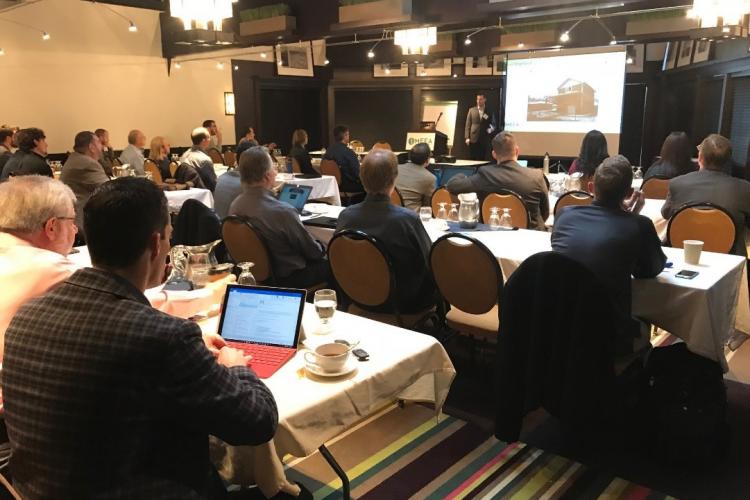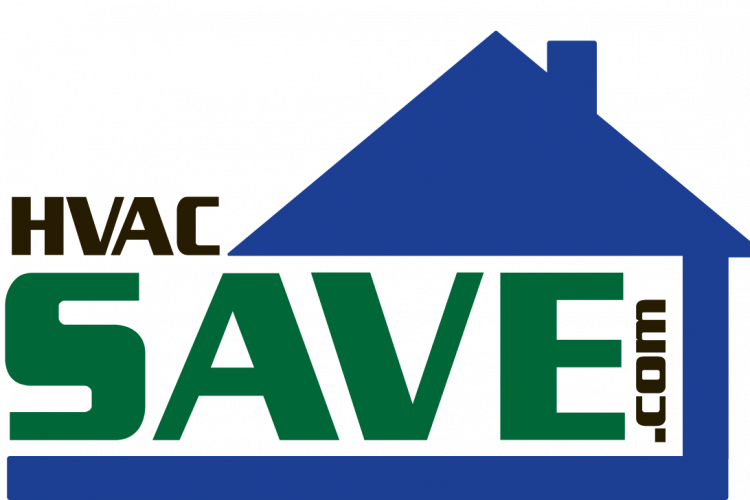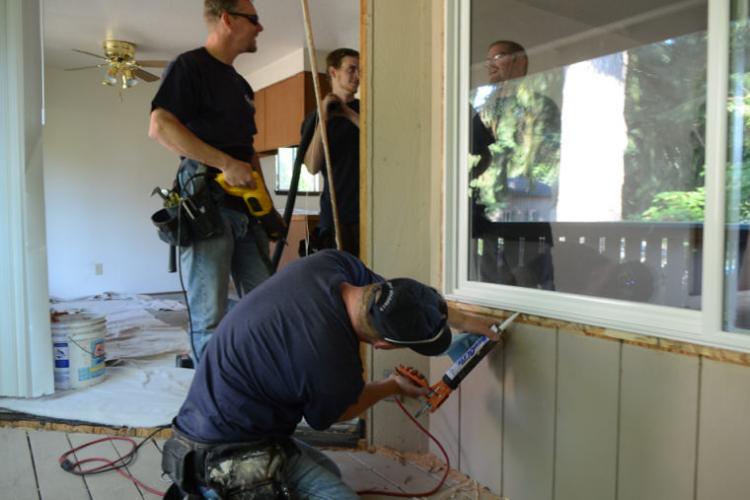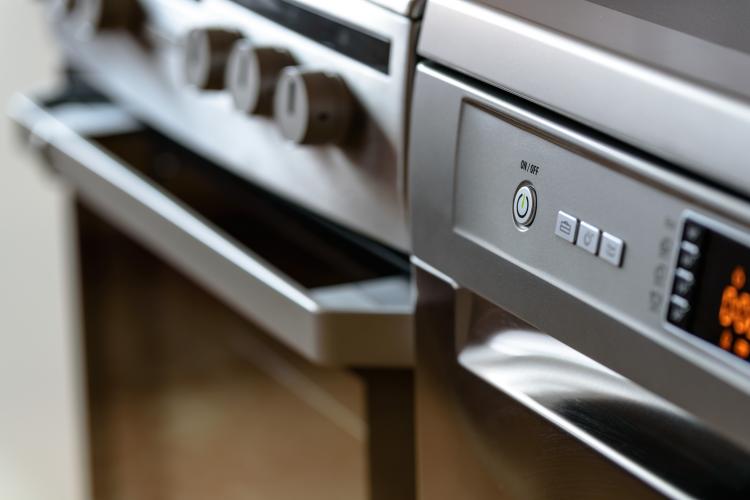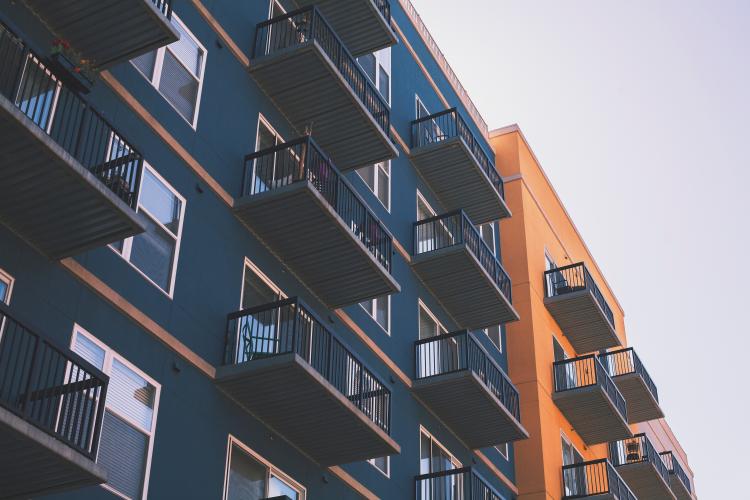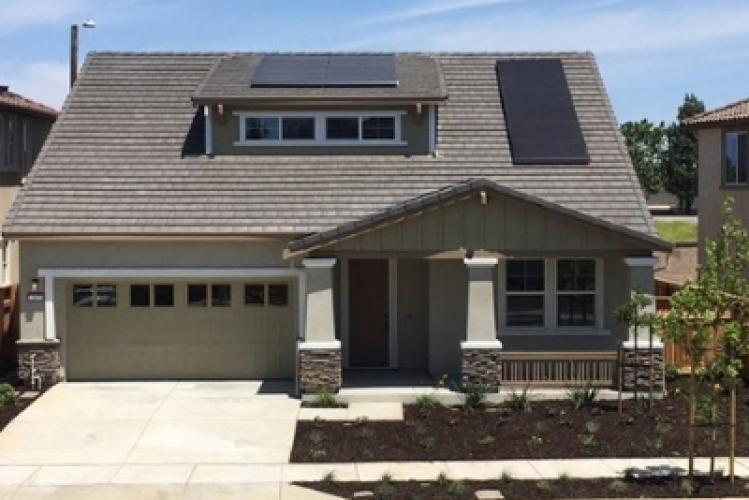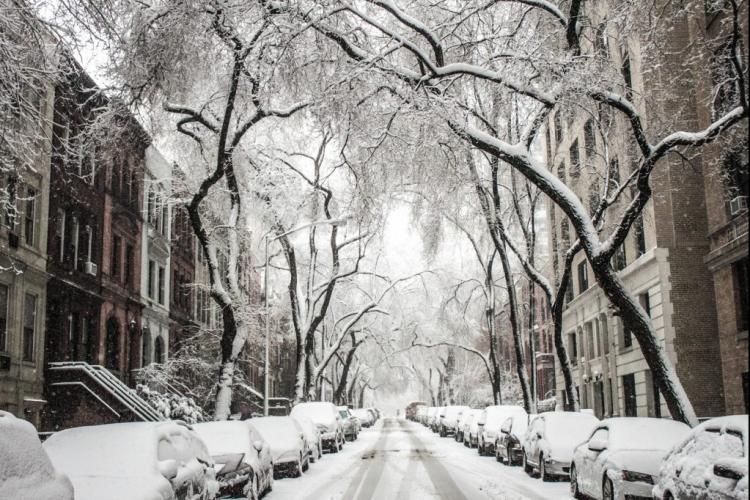New Series: Energy Efficiency Tipping Points
To most outsiders, the world of energy efficiency probably appears static with slow, incremental changes. A furnace rebate here, light bulb swap-out there, maybe an updated building energy code every few years. But it should come as no surprise to industry insiders that this isn’t the case at all. An explosion of new technology across every part of our economy is rapidly changing our energy savings goals and the ways we identify and capture those savings.

